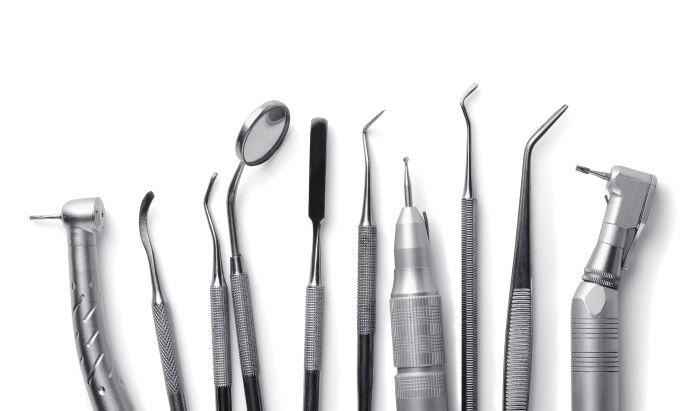A Patient’s Guide to Basic Dental Anatomy

Ever been to the dentist and wondered what exactly we are cleaning, checking, and x-ray-ing? At Spokane Dental, we strive to educate our patients at every visit, because we know just how important understanding oral health is when it comes to forming healthy habits.
Our guide to basic dental anatomy will give you a fundamental understanding of oral structures, and why it’s so important to keep them healthy.
Hard Tissue:
The mouth can be divided into hard tissue and soft tissue. You can probably guess one kind of hard tissue in the mouth we check at every visit: the teeth.
The tooth is made up of the crown and root. The crown is what we see above the gums, and it is covered with a thick layer of enamel (the hardest substance your body produces!). Enamel is made up of minerals, and is even stronger than bone. It is a protective layer, shielding the inside layers of the tooth.
Underneath the gums the lies the root, which is covered by an outside layer of cementum. Cementum is not a thin layer that is not as strong as enamel. When a patient has gum recession, part of the root surface, or cementum, is exposed. Often times this leads to tooth sensitivity, because of how thin the cementum is.
The next layer underneath the enamel and cementum is the dentin, which houses thousands of microscopic tubes that hold nerves. These nerves connect to, and communicate with the nerve fiber in the very inside cavity of the tooth, called the pulp. The pulp cavity is responsible for supplying blood and feeling to the tooth.
The other hard tissue in the mouth is one patient’s may not think of often, but is always on our radar: alveolar bone. This bone structure is what holds the teeth in the jaw, and is imperative for the health of the teeth. When we talk about periodontal health in the dental field (or disease, such a gingivitis or periodontitis), we are referring to not just the gums, but to all of the structures surrounding and supporting the teeth, which include alveolar bone.
In our dental exams, Dr. Smith thoroughly checks the teeth visually, with instruments to feel the enamel surface, as well as with x-rays. In a dental x-ray, we are able to see the outer hard structures of the tooth, as well as the pulp cavity, where the nerve is housed. Through a dental x-ray we can also examine the levels of bone between the teeth, which is a large indicator of periodontal health.
Soft Tissue:
The soft tissue in the mouth is truly incredible. It serves as a barrier to the underlying tissues, protecting from bacteria. The soft tissue that covers the inside of your cheeks, under your tongue, and above your gums is called the oral mucosa, and is an excellent barrier with an incredibly fast turnover rate!
What most people refer to as “gums”, we in the dental field call by the anatomical name: gingiva. This is where the term gingivitis comes from: disease of the gums. The gingiva is the soft tissue that covers the teeth and alveolar bone. It is slightly “tougher” than the rest of the oral mucosa, as it does it’s job protecting the teeth and bone.
When your hygienist performs “perio charting”, they are actually measuring the health of the periodontium. The gum health and levels surrounding the tooth are checked, which in turn shows the health of alveolar bone underneath. We also perform a soft tissue check at every appointment, watching for any abnormalities in any of the oral mucosa or other soft tissue in the mouth.
Healthy Mouth, Healthy Body
Taking care of your teeth goes so far beyond, well, just your teeth. Good oral homecare and regular checkups are not only instrumental in preventing cavities, but also in protecting all of the hard and soft tissue in the mouth. Proper brushing, flossing, and routine cleanings protect the gums against disease causing bacteria, and when the gums are healthy so is the bone underneath it.
Good oral health is also associated with better overall health, while the opposite is true. The inflammation caused by oral disease directly causes and influences inflammation in the rest of the body. Oral disease has been linked with diabetes, heart disease, and more.
A healthy mouth is a happy mouth, and a healthy mouth makes more a healthier body as well. To schedule a cleaning and exam, or for any other dental need, call us today at (509) 822-5614.
Photo Credits:
2. https://www.dentalcare.com/en-us/professional-education/ce-courses/ce73/digital-radiography

